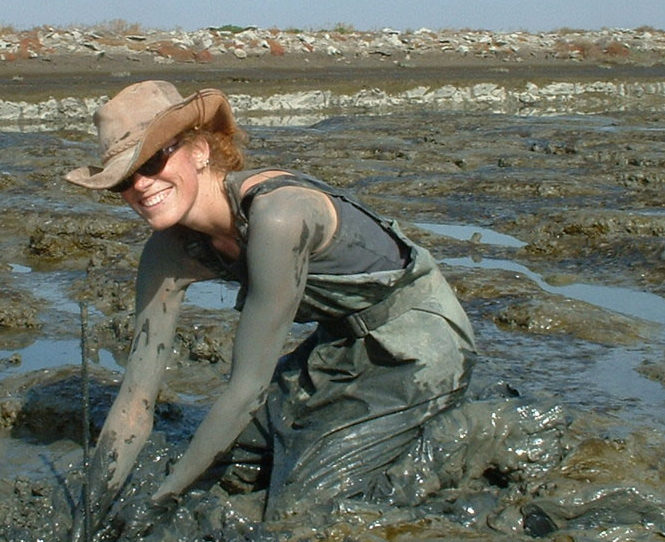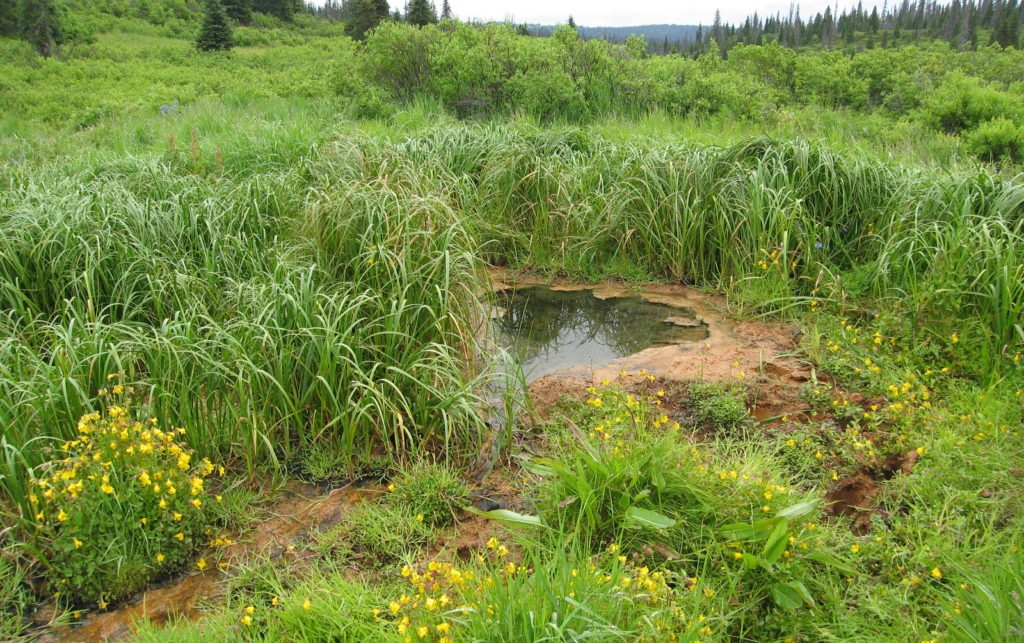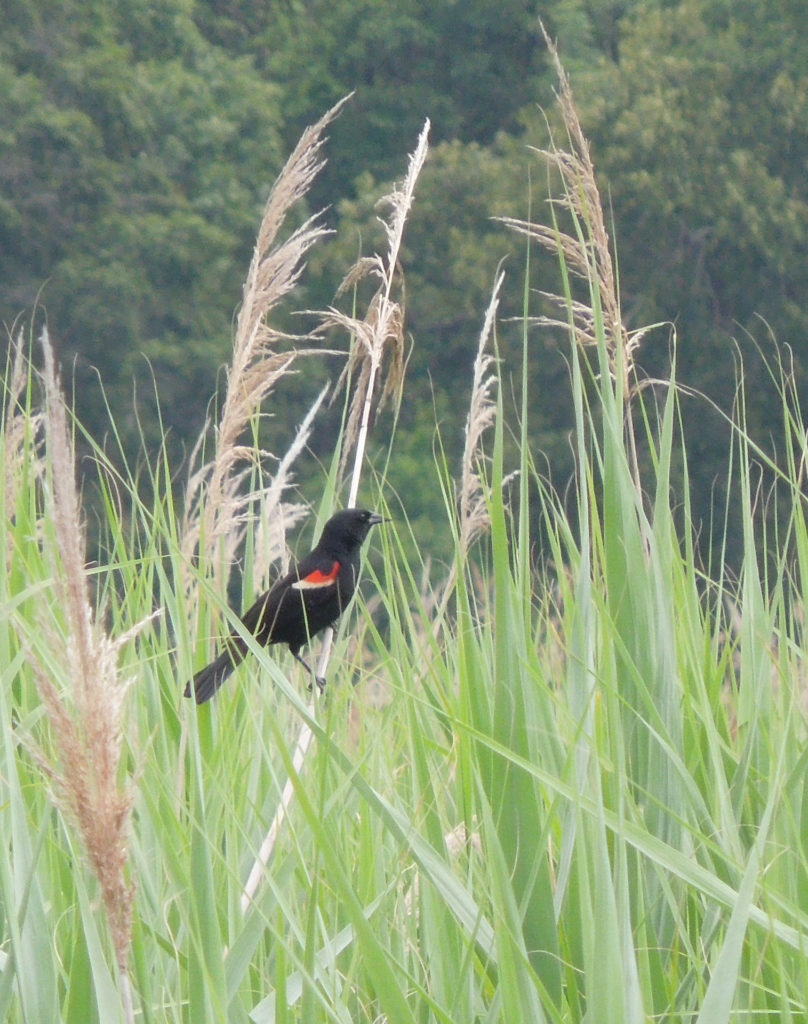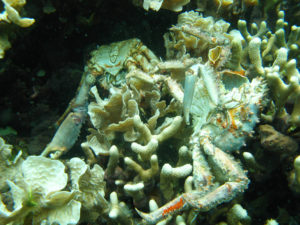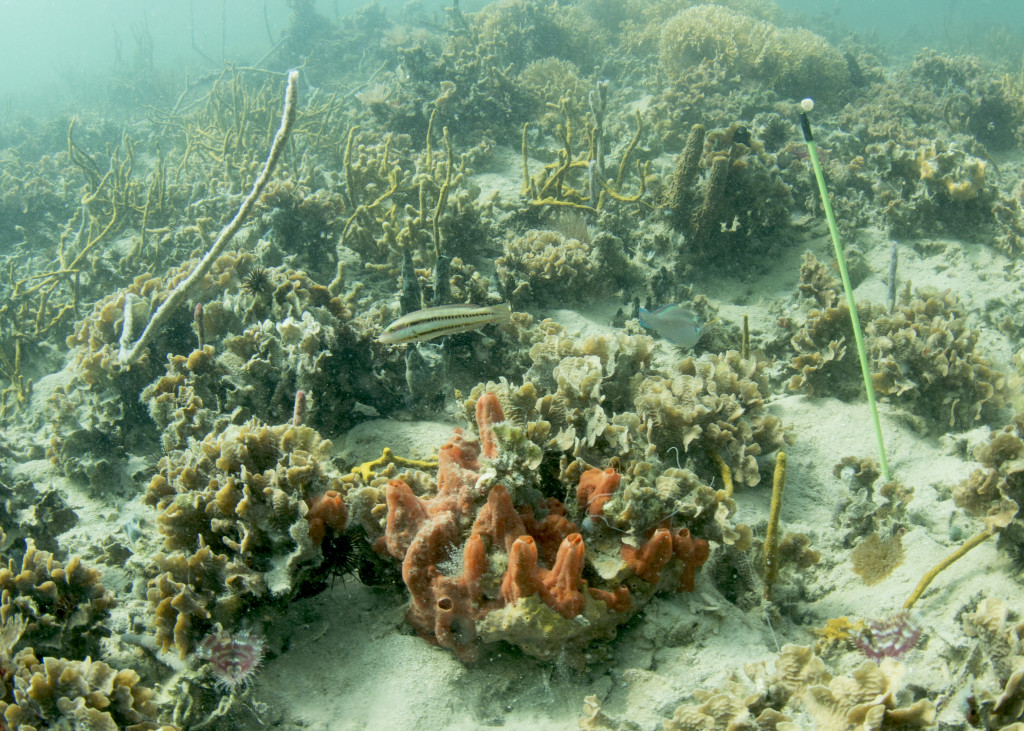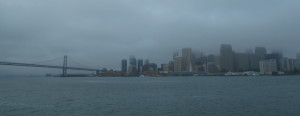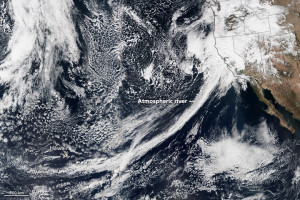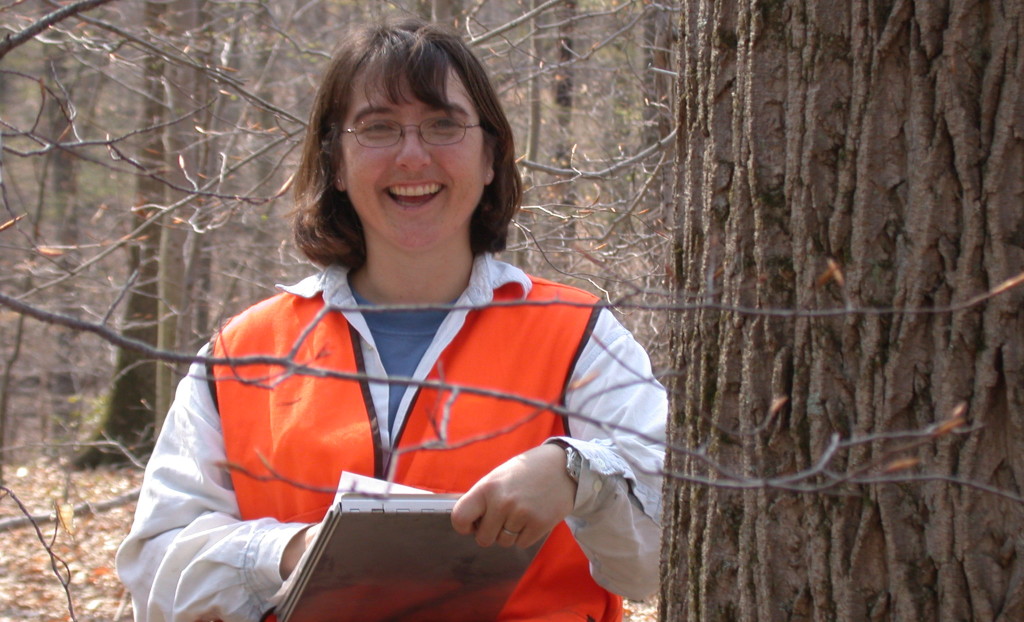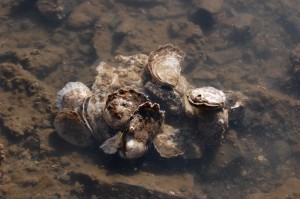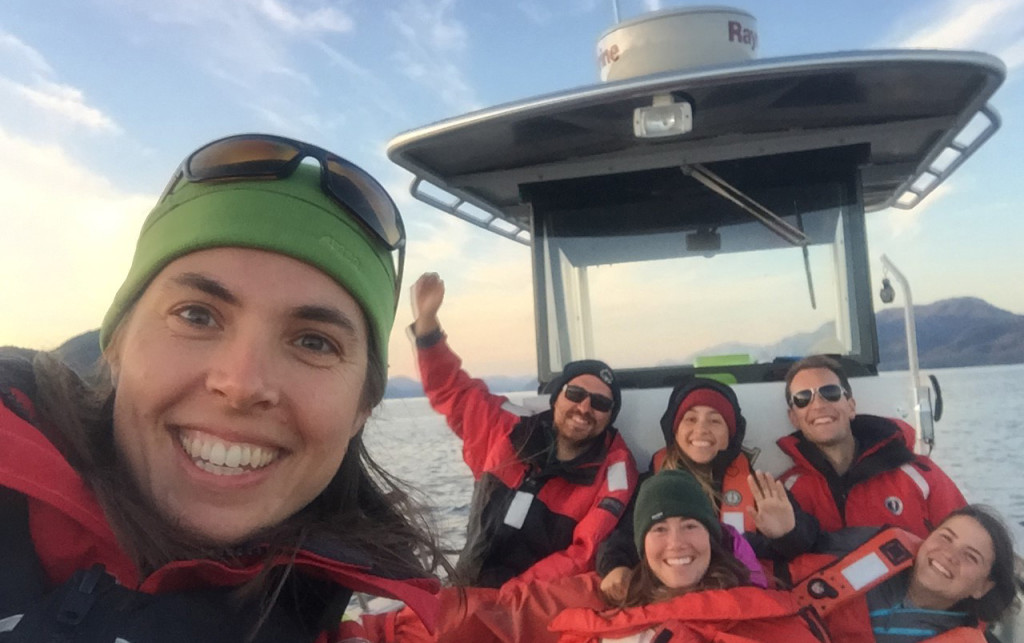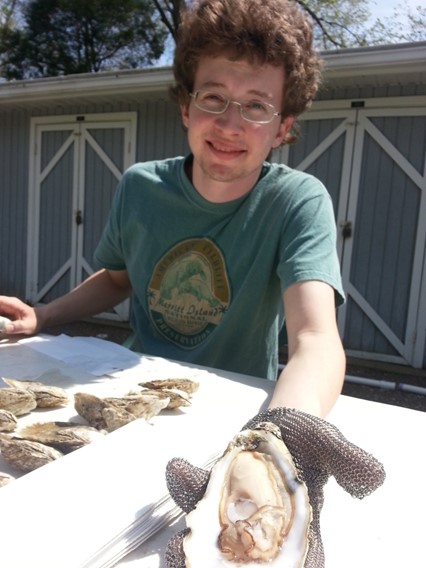The Smithsonian Environmental Research Center stays close to its heritage by leasing land to farmers
by Stephanie Fox
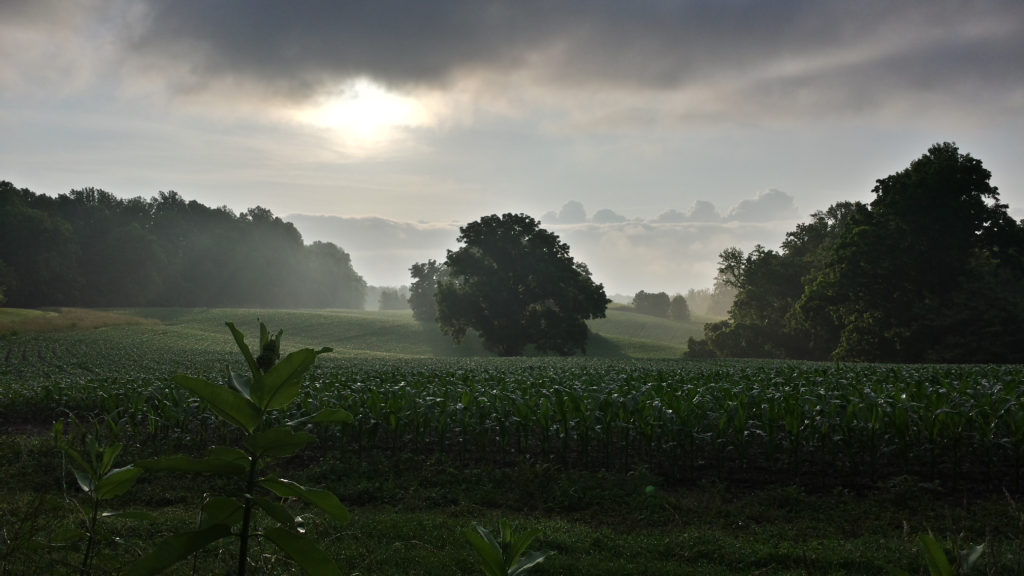
Summer farm fields on the SERC campus (Photo: Nicole Campbell)
Before the Smithsonian Environmental Research Center (SERC) became a bustling scientific center, adorned with research labs and paved roads, it was the Java Dairy Farm, run by an eccentric millionaire named Robert Lee Forrest. In 1962, Forrest passed away, leaving his 368 acres of farmland and other properties along Maryland’s Rhode River to the Smithsonian Institution. Despite some talk of selling the farm to grow the Smithsonian’s endowment, further inspection of the abandoned property revealed an ideal space for field biology and ecology studies.
Over the past 57 years since Forrest’s donation, the property has grown to 2,650 acres, 19 labs and nearly 100 researchers. The majority of the natural terrain is dedicated to studying environmental issues like nutrient pollution and climate change. But SERC also has set aside about 270 acres (three plots of land) for local farmers to lease, as a reminder of the center’s agricultural origins. Click to continue »


